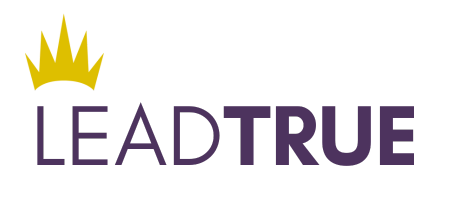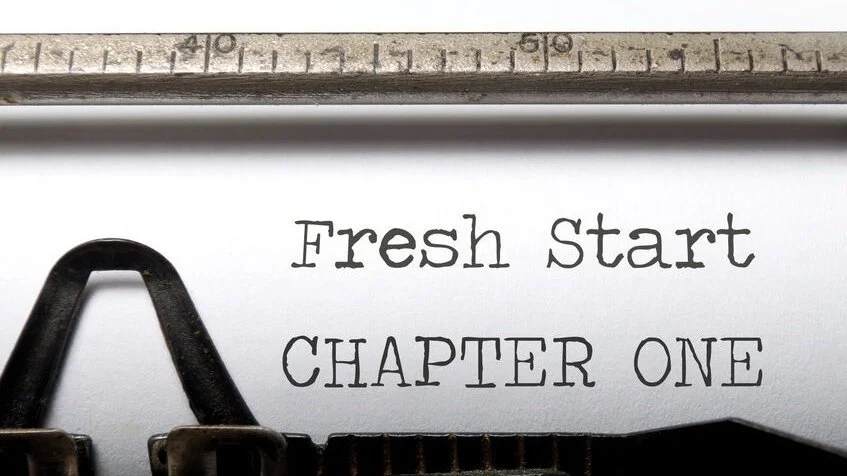Decision Making: How to Get your Groove Back
This is part of a series of five blog posts on the key components of Emotional Intelligence: Self-Perception, Self-Expression, Interpersonal Relationships, Decision Making and Stress Management.
According to a study by Sheena Iyengar at Columbia University, Americans make about 70 conscious decisions per day. Luckily for us, the majority of these decisions do not involve emotions. When they do, we leverage our emotional intelligence skills to support making the best decisions with the information we have.
Although we’ll tap into all fifteen of these skills when we make decisions, the skills we specifically leverage when making these decisions are:
Problem Solving: Ability to find solutions when emotions play a role. Understanding how these emotions impact decision-making.
Reality Testing: Capacity to remain objective and see where emotions and bias affect objectivity.
Impulse Control: Ability to resist the urge to take action or speak out.*
Emotions play a large role in our decisions, even when we don’t realize it. Think about the big choices you’ve made in your life, like finding a place to live, taking a career leap, or making a major purchase like a home or car. How did you approach making those decisions? Did these decisions impact other people in your life? If so, how did you involve those people in your choices?
One of my toughest decisions was to step down as managing director of one of the top post production companies in the country. I wanted something different from my career. After close to a decade of dealing with similar challenges, I knew I was no longer using my best talents and I felt like I was at a creative and professional plateau. I knew it in my gut.
I wanted to move my career in a new direction. It wasn’t about just leaving a company; it was about leaving an industry that I knew was no longer the best fit for me, even if I did love it. I had grown as a leader and a coach over my years leading creative teams. What I really wanted now was to share my experiences with others so they could grow their careers and businesses.
My gut knew it was not a question of if, but of when. My brain, however, needed a little more information to go on than that. The overused slogan “Follow your gut” is a load of BS (pardon my French). Trusting your instincts is a good practice, but that practice doesn’t stand alone. Back it up with research and other perspectives.
I needed to parse out the emotional data from the real objective data like paying my mortgage and health insurance, as well as funding my retirement, etc. Also, what exactly did this new role look like? I didn’t have a specific new role in mind, but I knew I wanted to develop businesses and careers in a variety of industries. This would bring the new challenges I craved.
Rather than make a sweeping decision and taking action immediately, I decided to make a plan that included multiple decision points so I would have time to get as much data (both emotional and objective) as possible. This allowed me to reality check myself regularly.
Deciding how to decide is just as (if not more) important than making the actual decision.
From a financial perspective, I created and stuck to a specific budget so that in six months I’d have enough savings to feel comfortable making a big move. To untangle the emotional side of the equation, I kept my journal handy and wrote about what was working career-wise and what wasn’t. I bounced ideas off of a few close friends and colleagues as well as hired a coach to keep me accountable. This allowed me to break up the many layers of the problem into manageable and solvable chunks.
When it came time to actually resign, it was easier. The decision had gradually taken place over many months. This time, along with additional data (both emotional and objective) increased my level of confidence with my decision.
After taking a few months off to get my groove back, I started contracting. I spoke about leadership at conferences, coached entrepreneurs, and did biz development for music and production companies (a skill I honed while touring Europe with my boyfriend's band during my break). In addition to using my most unique strategic skills, I was also serving a variety of industries and learning from new challenges.
Problem Solving:
Decide how to decide. Meet with the people involved and decide what you want the decision-making process to look like. What information needs to be gathered? Does the decision require input from other stakeholders? Is it one decision or multiple layers of decisions? What is the timing? If you are the sole decision-maker, run your process by someone you trust to ensure you’ve covered your bases.
Clear the air. When emotions are involved, embrace them instead of pushing them away. Especially when it comes to your team, allow the space for them to raise any concerns before moving ahead. Not only will your team feel heard, but they may share ideas that address the situation.
Review the instant replay. Consider a time when you effectively solved a problem. How did you do it? What learning can you apply from that situation to your current one?
Reality Testing:
Feel all the feels. Emotions can show up in unsuspecting places and decisions. Include them as additional data points, but don’t give them any extra weight. Include objective information as well.
Assume you’re wrong. We all can get clouded by emotions and bias at times. Oftentimes, it’s unconscious. Ask someone with a different perspective to point out what you may be missing. A simple request such as “Show me where I’m wrong,” can open the doors to missing information and even the solution.
Don’t be an optimist. Those rose-colored glasses might seem great at the time, but they may cause you to miss critical information. Look for gaps and obstacles so that you can plan ahead and successfully overcome them.
Impulse Control:
Count to five. If you’re prone to blurt out ideas in meetings or interrupt in conversations, count to five. Better yet, take five deep breaths before saying what you were about to say. If your idea is as brilliant and relevant as you think it is, those five seconds will only help solidify it.
Hit the pause button. Stop before you take action or reply to an email to ask yourself a couple
of questions. Do you have the information you need? Have you considered the impact of your actions a month or year down the road?
Don’t be afraid to act or speak up. Sometimes the reverse is true. If you don’t typically feel comfortable speaking up in meetings or a specific situation shuts you down, get clear on what you want to express. Jot down your talking points in advance so you’re prepared when you speak.
Looking back on my decision to shift careers, I remember how absolutely certain and petrified I felt all at once. That’s to be expected with a big decision. Even small decisions (like whether to speak up in a meeting or what step to take next on a project) can feel loaded with emotion.
Emotional Self Awareness and Self Regard are key to making these decisions as well. When we’re clear on our values, we can more easily align our decisions. When we’re confident we can find new solutions, we can take the risks necessary to create what we most desire in our lives.
This is part of a series of five blog posts on the key components of Emotional Intelligence: Self-Perception, Self-Expression, Interpersonal Relationships, Decision Making and Stress Management.
For a deeper understanding of Emotional Intelligence, I recommend the work of Steven J. Stein author of The EQ Edge and The EQ Leader.
If you’d like to better understand your own emotional intelligence skills, taking the assessment and getting a debrief from a certified emotional intelligence expert might be the right step. Contact me here for more information.
About the Author
Lead True Certified Coach Melissa Thornley operates at the intersection of left brain and right brain. She has years of experience leading creative teams in Chicago, New York, and London specializing in emotional intelligence and instinctive working styles.
She works with coaching clients - from emerging leaders to those leading high impact teams - on a variety of topics including self compassion, leading from empathy, and the power of positive neuroplasticity. Regardless of the format of Melissa’s coaching, she maintains a foundation of collaboration and customization for each client.













Anger is a part of our everyday lives. However, we do have a choice how we respond to the occasional temper flare up. Lead True Certified Coach, Melissa Thornley, shares some proven tips.